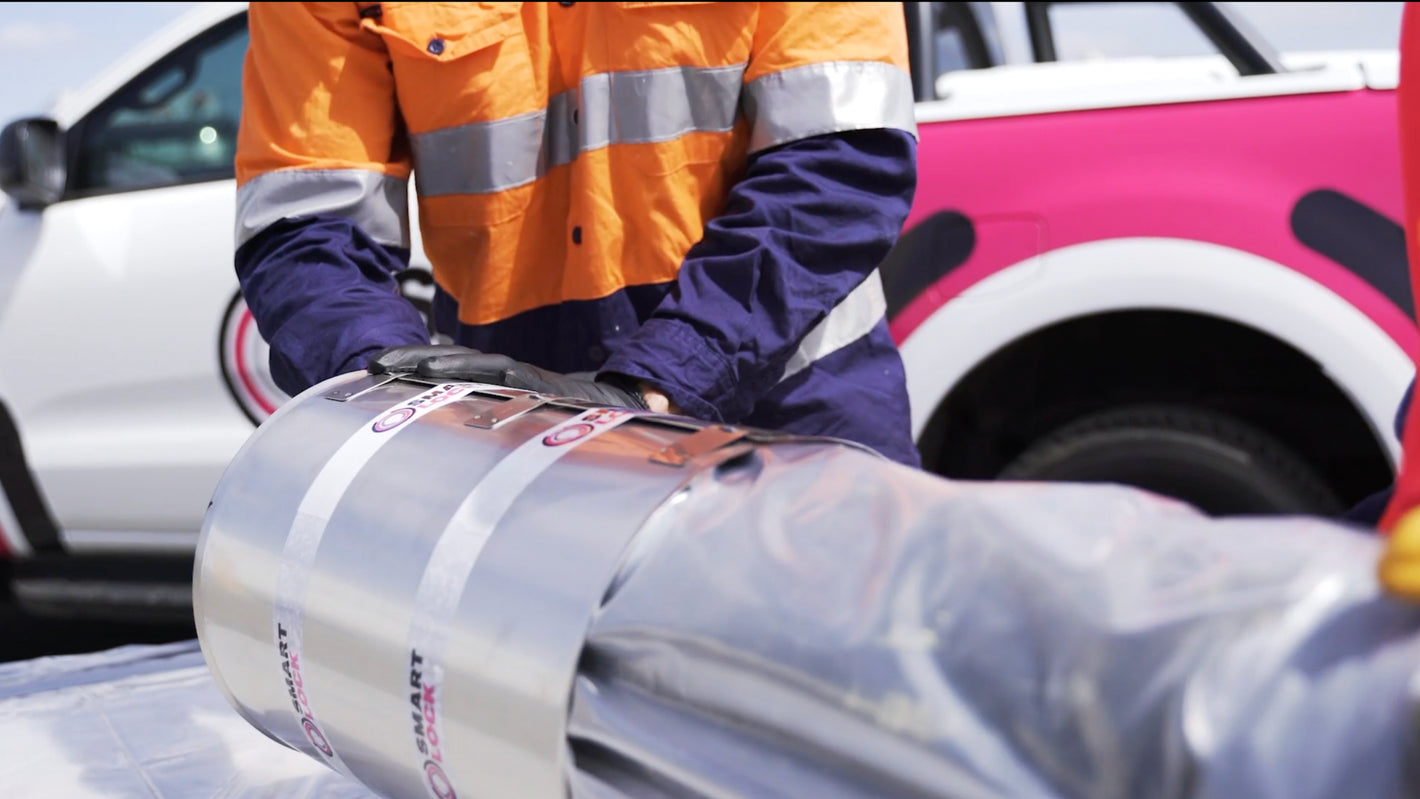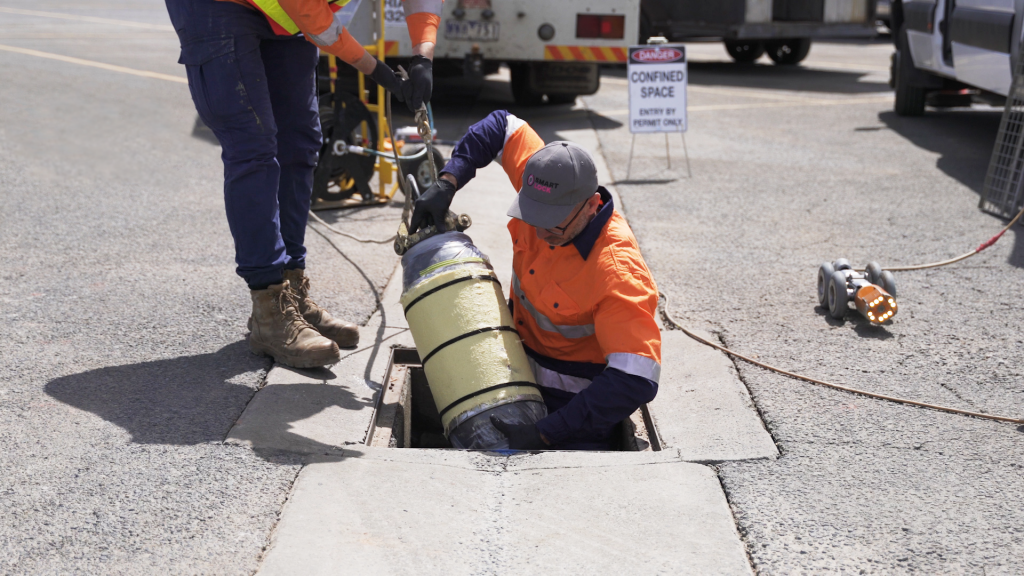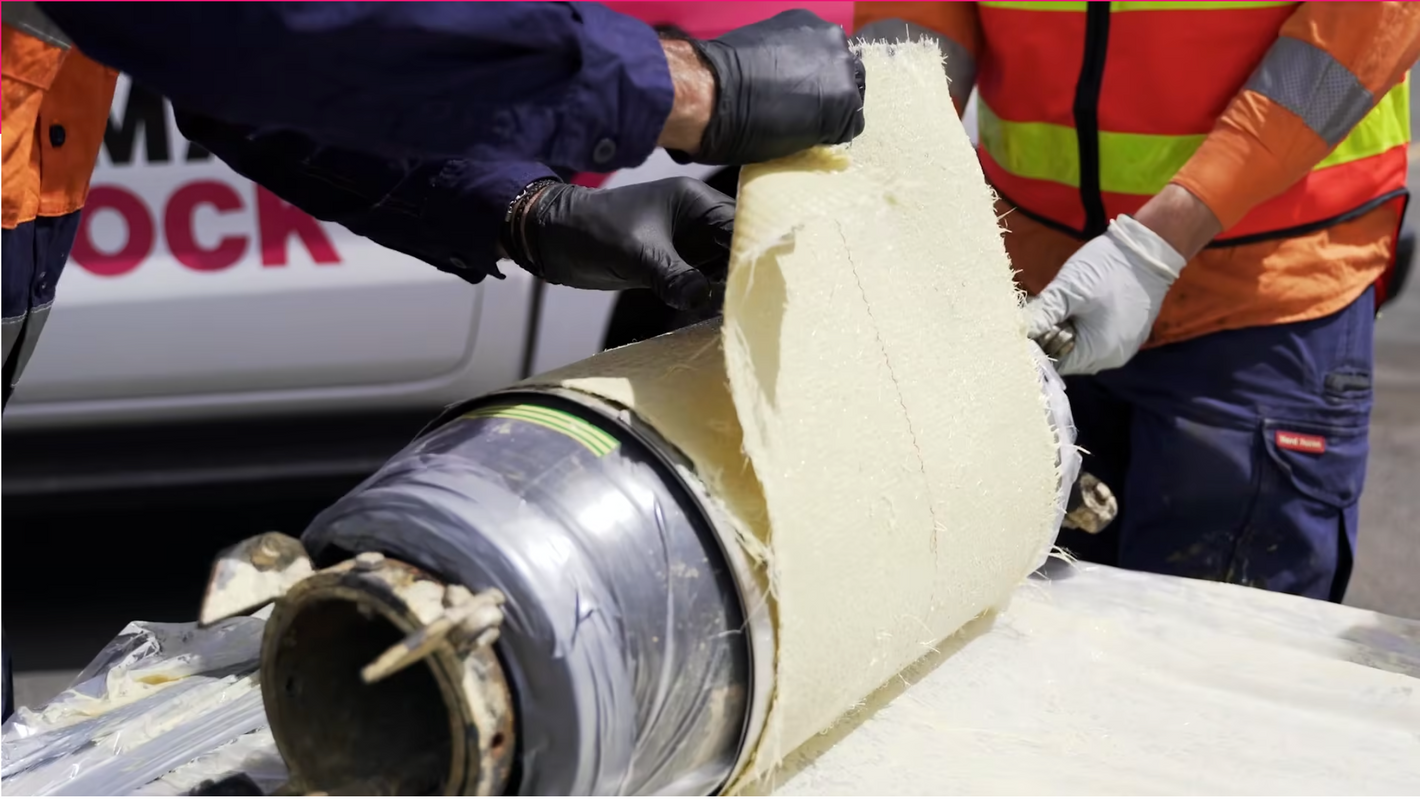Specifications & Design Life
What is the Design life on a Smart Lock?
The Smart Lock is made from materials known to be suitable for long term application in sewer conditions. A service life more than 50 years can reasonably be expected
What sizes do Smart Lock come in?
Smart Lock standard length is 400mm and is available in sizes DN100 to DN900, with larger sizes available on request.
What makes up a Smart Lock?
A Smart Lock consists of a stainless-steel sleeve and a locking mechanism encased in fiberglass matting impregnated with a proprietary silicate resin, specifically designed for the application.
What type of pipe can Smart Lock be installed into.
It is compatible with all sizes, classes, jointing systems, and materials used in sewer and stormwater pipes.
Is Smart Lock a Structural repair?
Yes, Smart Lock is a true structural repair.
Installation
How long does it take to install a Smart Lock?
A Smart Lock can be installed in under 30 minutes.
When should a Smart Lock not be used?
It is not suitable for displaced and dropped pipe joints where the vertical level of displacement is greater than 10mm. The Smart Lock cannot be launched in pipes with acute bends.
What equipment do I need?
CCTV inspection Camera, Wheeled packer, Air compressor, air valves, gauges, and hoses. Packer rope and pull in line, layout table, PPE, and safety equipment.
How is a Smart Lock installed?
The prepared Smart Lock is placed on an inflatable packer which is pushed or pulled into position. At the point of the required repair, air pressure is applied to the packer which expands the self-locking sleeve, sealing the resin impregnated fiberglass mat against the pipe wall. The self-locking sleeve allows the packer to be deflated and removed immediately. The drainage system is instantly returned to service.
Repair Types
What type of repair can a Smart Lock fix?
Broken and damaged pipes with cracks, voids, tree roots and unwanted lateral connections.
What else can Smart Lock be used for?
Liner end seals, rebuild the pipes shape from the inside, strengthen the pipe, bringing the pipe up to the standard required for relining e.g., Stop heavy infiltration, give the pipe its shape back.
Still have questions?
Something not on the list? Ask our specialist technicians
Find out more
-

Use Cases
Find out more -

Installation
Find out more -

Specifications
Find out more




